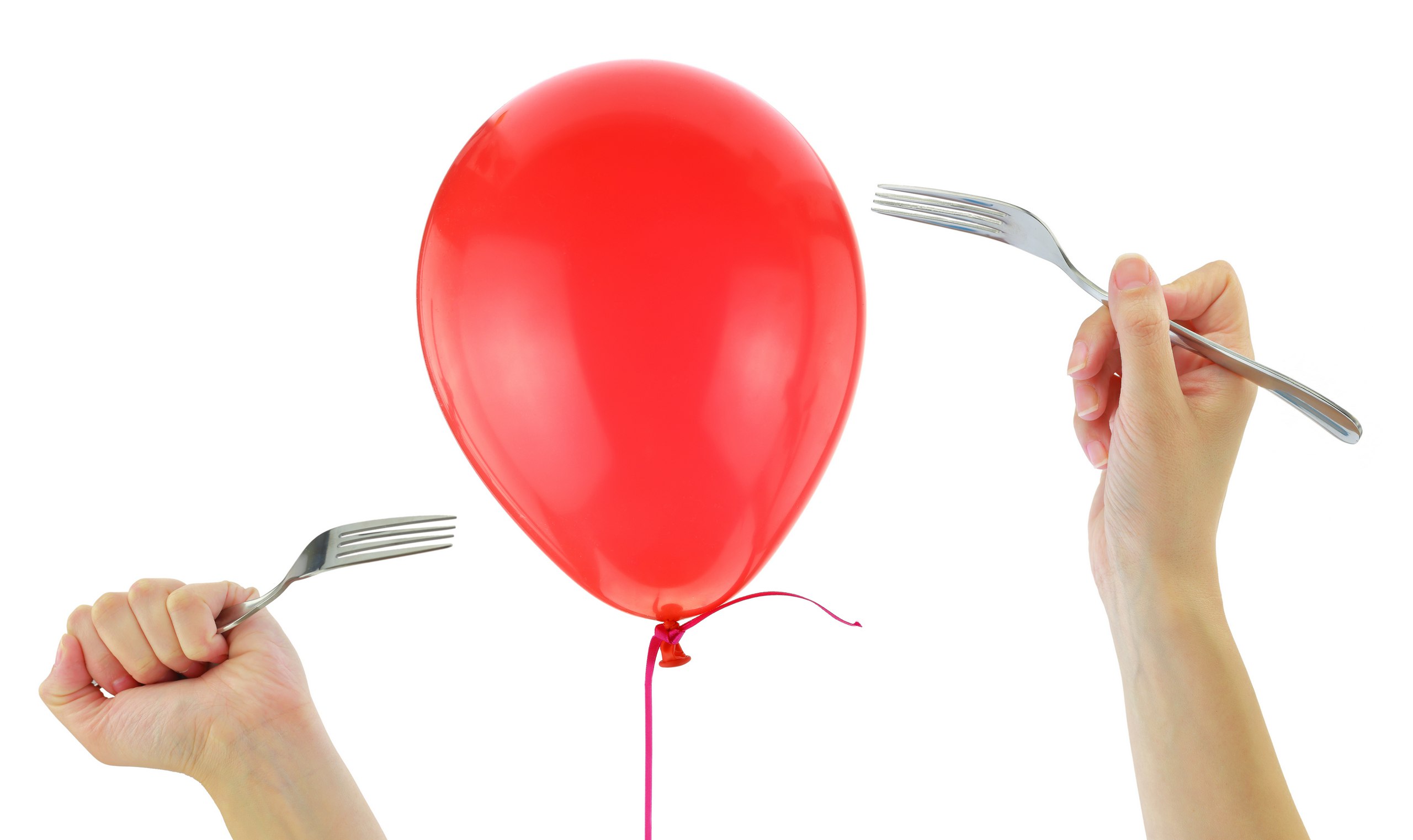A Bubble That Might Burst
 The situation got worse
The situation got worse

Official sources insist that the Union State economy has adapted to the new economic conditions. They claim it is growing steadily in both the Belarusian and Russian sectors, showing strong figures despite the sanctions imposed by unfriendly countries. However, the policy pursued by Minsk and Moscow, characterized by a “we will grow even at our own expense” attitude, is unlikely to lead to anything good. More often than not, such a model provokes effects known in economic science as “bubbles.”
According to data from Belstat, Belarus maintains high GDP growth rates. After a 3.9% increase in 2023 (following a 4.7% decline in 2022), the economy accelerated from January to July 2024, growing by 5.5% compared to the same period last year.
The Russian economy is developing at similar (or close) rates. Its growth for the first half of the year is expected to be around 5%, according to Vladimir Putin. Again, this is against a high GDP base from the previous year—up 3.6%.
Trade turnover between Belarus and Russia also shows strong numbers. It reached USD 25.1 billion in the first half of 2024, an increase of 6.4% (the figure for the entire 2023 was USD 53 billion). Belarusian exports to Russia during this period grew by 0.4% to USD 12.6 billion, with a positive trade balance of USD 100 million.
As for economic challenges, according to Belstat, they are purely external and there are two of them. The first challenge is related to increased competition in Russia. With the exit of several Western suppliers from the Russian market, manufacturers from other countries, primarily China, are trying to fill the vacated niches.
Logically, this should stimulate Belarusian producers to release more competitive and technologically advanced products. Instead, they are currently raising prices, particularly in the dairy sector, which is a “driver” of the Belarusian economy. The increase in prices (both export and import) is one of the factors behind this “miraculous” growth. As economists say, give me inflation, and I’ll give you GDP growth.
The second challenge is Western sanctions. While they may be a bit of a nuisance, according to Belstat Deputy Chairman Timofei Zhigarev, businesses are quickly adapting, and Belarus is successfully trading and exporting goods to 157 countries worldwide. This attractive figure is meant to obscure the rather obvious reality of a fatal increase in external trade dependence on Russia, which has exceeded all critical thresholds.
Previously, the Russian market accounted for 40-45% of Belarusian exports. However, by 2022-2023, this shifted to the 60-65% range, with peaks reaching 70%. To these figures, one must add up to 25% of exports where Belarus depends on Russia for transport and logistics (a dependence that did not exist before). As a result, analyst Dmitry Kruk concludes, Russia controls up to 90% of Belarus’s exports. He says that even the term “total dependence” does not fully capture the situation. Economically, this means that any storm in the Russian market will instantly result in a hurricane in Belarus.
According to the Ministry of Economy of Belarus’s forecast, GDP growth in Belarus will outpace global growth rates in 2025. The plan is for 4.1% growth, based on an already high base of 4.0% for the current year. What should underlie such growth—technological, demographic, investment, or resource factors? Improvement in the quality of state governance, or increased efficiency of economic institutions?
Independent experts have so far been unable to identify any sustainable development factors. All observed factors are situational, temporary, or, at best, cyclical. Therefore, economic growth is unstable. The optimism of the economic regulator is based solely on political foresight: 2025, the year of the presidential elections, must be good, stable, and promising. Everything will be fine; there’s nothing to worry about—we will prove everyone wrong.
Independent economists warn about the consequences of an overheated economy, remind us of inflationary pressures, the unpredictability of the Russian ruble’s exchange rate, and that the economy will eventually demand payment for wage increases and manual price control.
Meanwhile, the International Monetary Fund, which improved its forecast for the Belarusian economy in April 2024 to +2.4%, predicts stagnation for Minsk over the next five years—until 2029.
Subscribe to our newsletter




Situation in Belarus
Constitutional referendum: main consequences


 Video
Video
How to count the political prisoners: are the new criteria needed?


 Video
Video
Paternalism In Decline, Belarusian Euroscepticism, And The Influence Of Russia


 Video
Video












